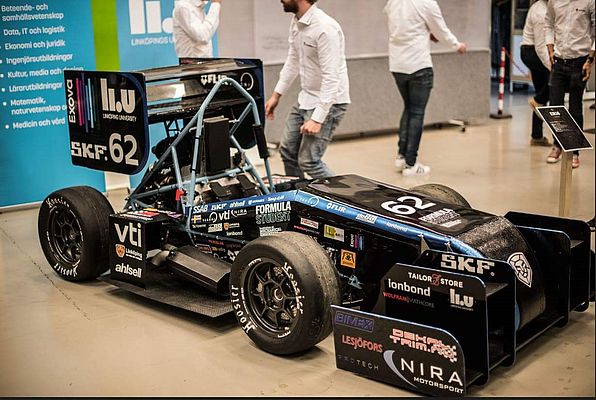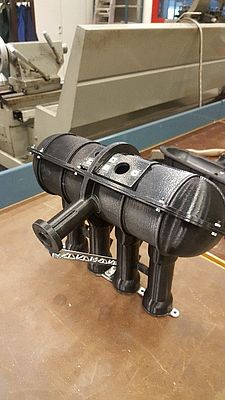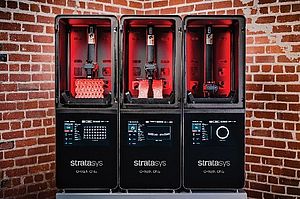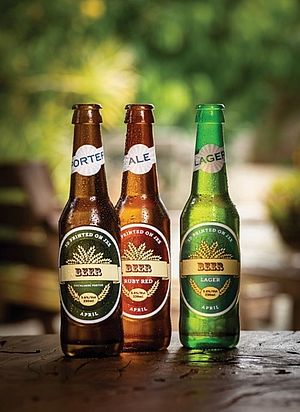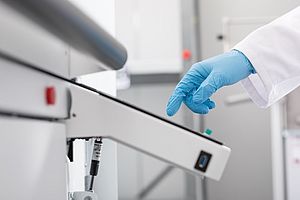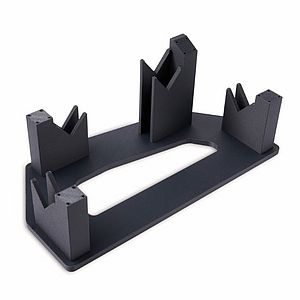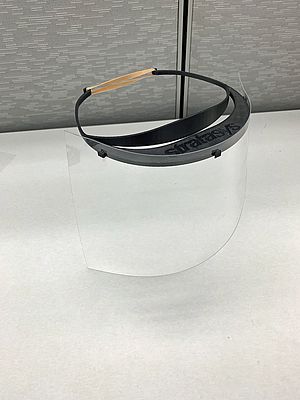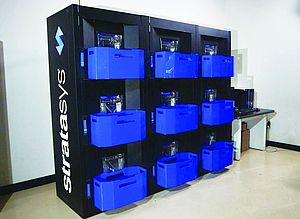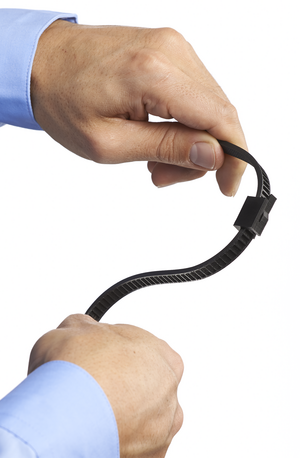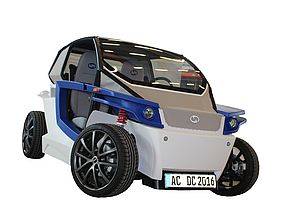A team of Swedish students from the University of Linköping (LiU) entered the prestigious Formula Student (FS) International Racing competition, tasked with building a formula race car to compete at the FS event at England’s iconic Silverstone racetrack. Facing time pressure to complete a car with race-winning potential, the students, like many manufacturers in the automotive industry, turned to Stratasys 3D printing technology to produce final end-use parts for their race car. In doing so, the Formula Student Team enjoyed time savings of up to 90 percent compared to what would have been achievable with traditional manufacturing methods.
Formula Student (FS) Racing competition
Linköping University (LiU) in Sweden is no stranger to the annual Formula Student (FS) Racing competition, held at the iconic Silverstone race track in England. The competition is an established and prestigious project open to students of all years and backgrounds and 2016 was the fourth year that had LiU participated. The task was brief: design and produce a single-seat race car, which each team would present and test at Silverstone. Faced with the mammoth task to deliver a successful race car, the team knew that success would be dependent upon their ability to produce professional-standard automotive components in the space of three to four months.
Students adopt professional techniques
Entrants in the Formula Student Racing Competition, like their professional counterparts, must adhere to strict design and safety rules when creating their cars. With the support and expertise of Stratasys reseller, Protech, the LiU Formula Student team was able to advance their car design with high-performance, lightweight, durable end-use parts, 3D printed on a FDM-based, Stratasys Fortus 450mc 3D Production System.
Niclas Lindström, fourth year engineering student at Linköping University and member of the group tasked with developing the car’s intake manifold, explains: “For the project, we only had one academic year to develop and build the car, so it was crucial to have the parts and subsystem manufactured as early as possible.”
Time and cost savings of up to 90 percent
In previous years, the LiU FS had relied on tried-and-tested techniques such as molds for the production of certain parts, but this time sought a more productive method. Automotive customers across the world have utilized Stratasys 3D technology to improve efficiencies, some reporting turnaround times reduced from six days to only 40 printing hours. For LiU FS, the use of 3D printing specifically for complex parts, such as the intake manifold, gave the team a significant advantage over their competition, resulting in time and cost savings of up to 90 percent.
“For our team, the production-related work and time was massively decreased by 3D printing the intake-manifold on a Stratasys 3D printer,” Lindström comments. “It was a great advantage that we didn’t have to create molds and lay carbon fibre, because that is a lengthy process.”
Multi-functional diverse materials
The LiU Formula Student team were the first in their university’s history to have incorporated 3D printing into the car production. Thanks to the expertise of the reseller Protech, the team found an ideal material from which to produce the part. Stratasys’ diverse range of materials offers automotive customers the ability to match traditional manufacturers’ parts at a fraction of the weight and cost. For example, Stratasys’ ASA 3D printing material offers unparalleled UV stability, allowing manufacturers to 3D print end-use parts such as car bumpers. Given the need to ensure their intake manifold was durable and exposable to vibrations, ULTEM 9085 was selected as the material of choice and subsequently proved a great fit to withstand the extensive testing and racing conditions at Silverstone.
Freedom and flexibility of design
The variety of machines and materials offered by Stratasys allows both student and professional teams significant freedom and flexibility with their designs. Manufacturers across the sector have enjoyed the ability to manufacture parts in any shape or size on-demand. For example, solutions such as the Stratasys Fortus 900mc Production 3D Printer can produce a full-size nose mold for a Formula One car to the exact specifications of the car frame.
According to Lindström, the key motivation for the LiU FS team to 3D print the intake manifold was the design flexibility provided by the CAD data. “This was significant as we could be very creative with the geometry as well as focus on detailed shapes,” he says. “We also had the possibility to make small but highly critical changes, which would have been vastly more complicated if we had to re-make molds instead,” he adds.
From the student level to the professional level, 3D printing is becoming increasingly critical to design and production within the sector. After the successful implementation of 3D printed parts into their designs, Lindstrom and his team members plan to continue with this in the future. They have already experimented with several other 3D printed parts. “We absolutely hope to pass this knowledge on to this year’s LiU team, and for them to also extend the use of 3D printing to other parts of the car,” he concludes.



